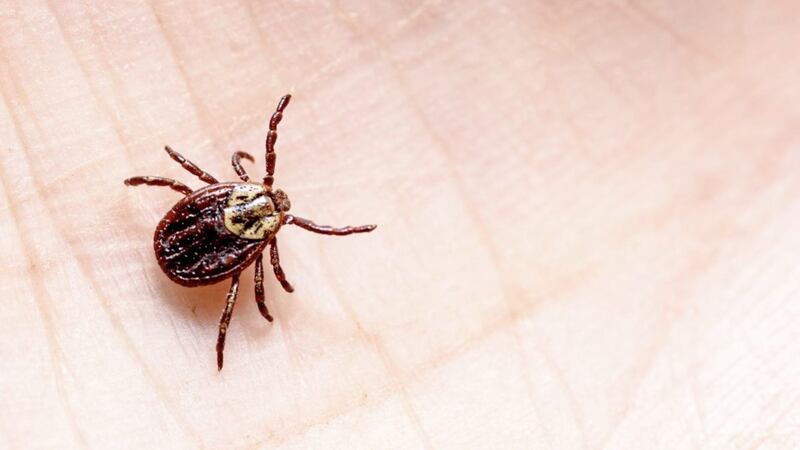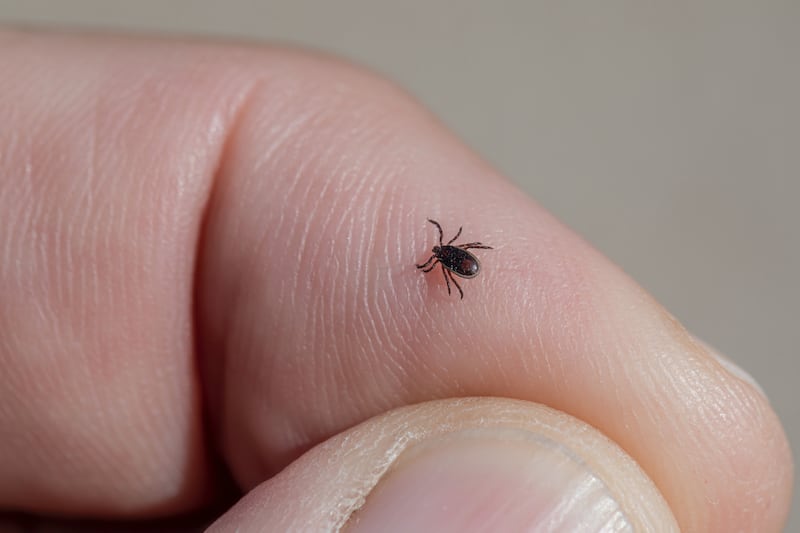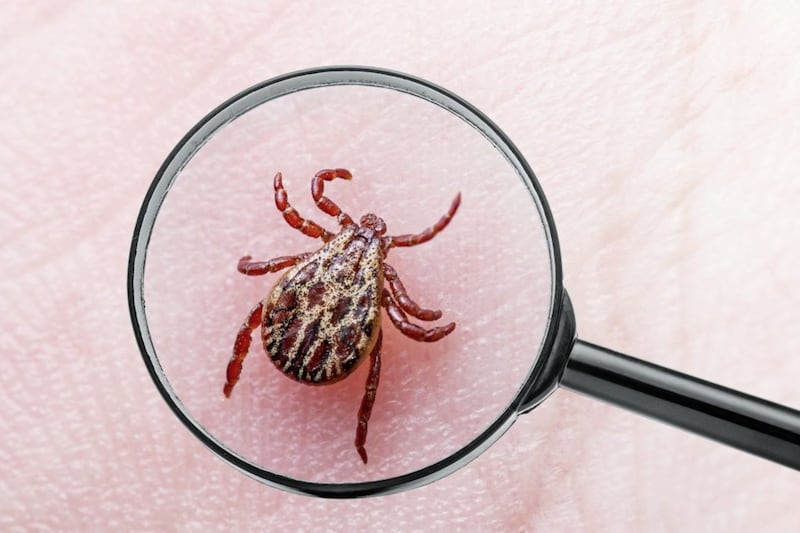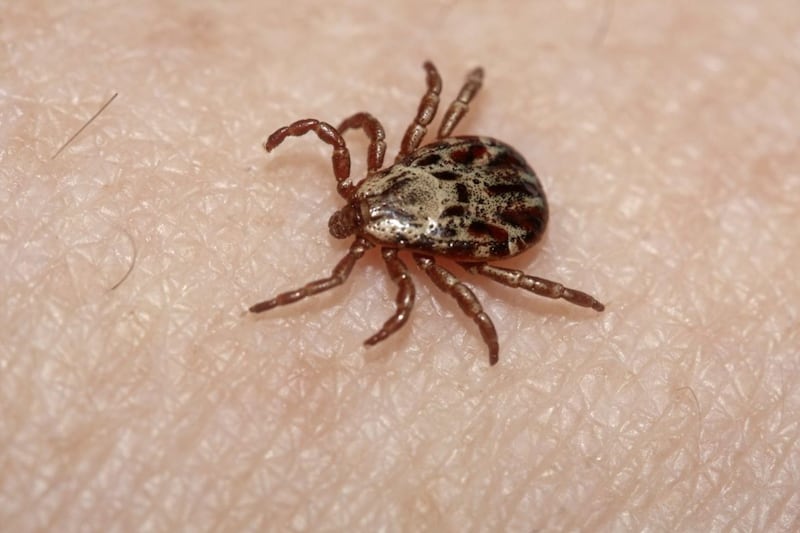LYME disease is on the rise – UK cases increased almost 10-fold between 2001 and 2012 and over 8,000 infections are expected this year. Unfortunately, while most people make a full recovery, some suffer ongoing headaches, pain and tiredness long term.
The infection is usually easier to treat if caught early, so it’s important to spot the signs. Symptoms, which can take several weeks to appear after a tick bite, include an orange-red bullseye-shaped rash that expands over several days, and flu-like fatigue.
Treatment is a three-week course of antibiotics, usually given after a blood test comes back positive for antibodies to Lyme.
However, this is not a foolproof test and we hear increasing reports of people with chronic Lyme whose diagnosis has been ‘missed’ by the NHS but who’ve then been successfully treated after a blood test in a German lab.
This is what happened to phones4u billionaire John Caudwell, who earlier this month suggested that this German test be adopted by the NHS. This is an area of much debate, with experts here saying the German test hasn’t been subject to rigorous review.
Although a blood test is useful in the diagnosis, it’s only an adjunct to a clinical appraisal by an expert. My advice is, when in doubt, see a consultant in infectious diseases. Do not waste money sending blood samples elsewhere.
Prevention is better than cure: if you spot a tick, its prompt removal (I suggest fine-tipped tweezers) greatly reduces the risk of infection. And if you develop symptoms after walking in a wooded or grassy area, see your GP, explaining you may have been exposed to ticks.
Other measures include tucking trousers into socks, wearing light-coloured clothes and using insect repellent. After all, we want the countryside to remain somewhere to enjoy, not a source of illness.
© Solo dmg media








